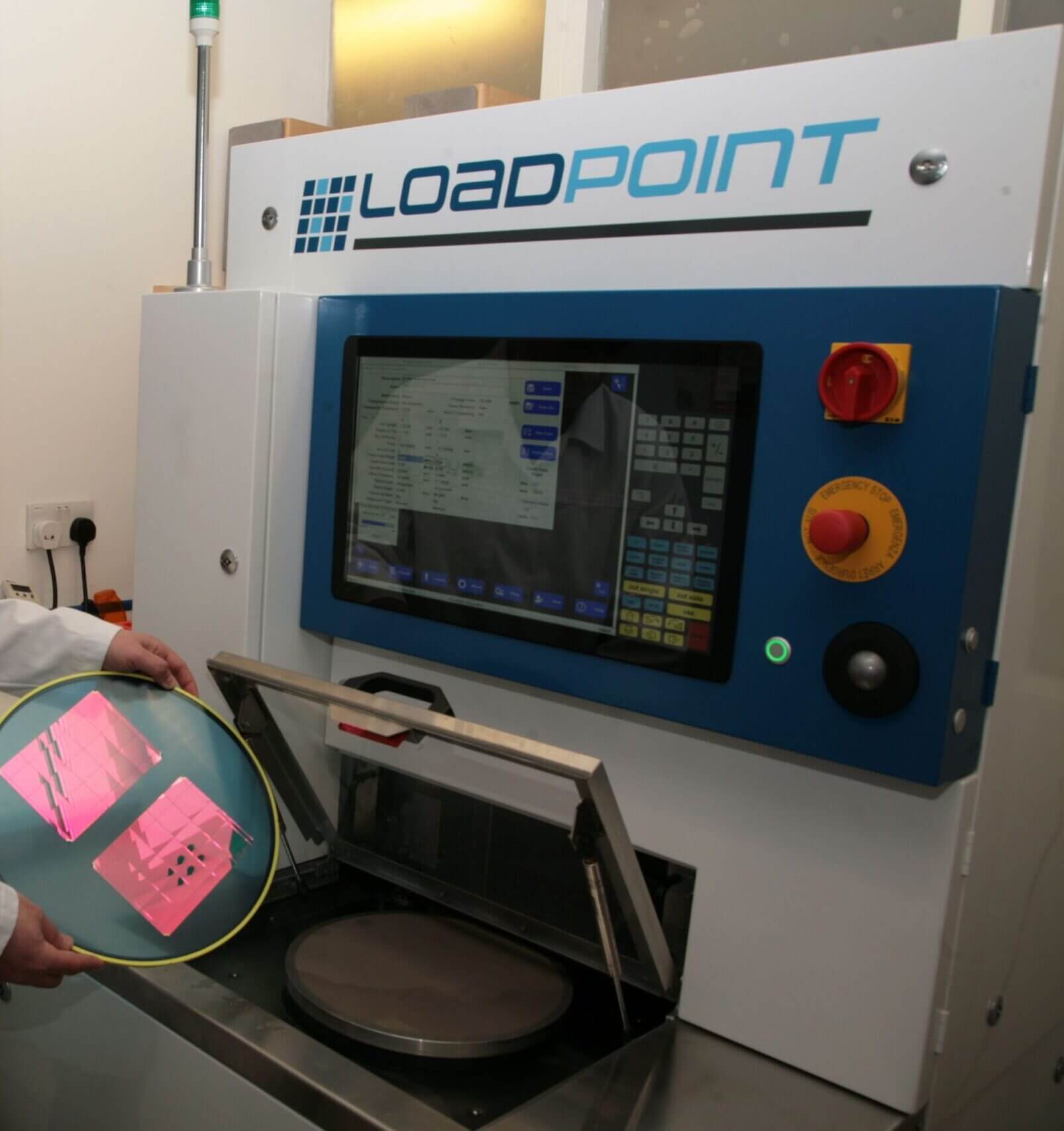Micro dicing is an optical components and substrate cutting service that precision optics suppliers can provide, alongside other custom optics services such as optical assembly, glass polishing and lapping, glass grinding and cutting and custom optical coatings.
Micro dicing involves precision cutting, dicing, or sawing of optical materials, substrates and components to high tolerance, and is widely used in the micro-electronics and optical industries.
Thicknesses of materials cut using micro dicing can range from just a few microns to several millimetres, depending on the specific material.
What is micro dicing used for?
Micro dicing as a process is typically used on materials, components, wafers and substrates. To enable stress free cutting, mass quantity, surfaces untouched, high yields and precision tolerances.
Typically, advanced high-speed CNC dicing, cutting and sawing allows specialist optics companies such as UQG Optics to provide optical dicing services from a range of optical materials in a huge range of different shapes and sizes.
Which materials can be cut using micro dicing?
Materials that can be precision cut using micro dicing include all glasses, optical glasses, coated filters, filter glass, alumina, gallium arsenide, fused silica, borosilicate, fused quartz, silicon, germanium and sapphire.
Sapphire may be difficult to dice, depending on the orientation (A-plan, C-plane or R-plane, for example) but minimal chipping can be achieved with precision micro dicing process.
What types of components can be cut using micro dicing?
A vast range of components – in the field of optics as well as in electronics and across other sectors – can be cut using micro dicing.
In terms of optical components, examples that can be cut using micro dicing include:
- Coated filters
- Optical glasses
- Soda lime glass
- Wafers
- Front surface mirrors
- Glass substrates
- Colour glass filters
- Small diameter rods
What technologies are used in micro dicing?
At UQG Optics we use Loadpoint dicing technology including a NanoAce 3300 and MicroAce 66 which offer a high level of configurability so they can be optimised to suit the application required.
NanoAce 3300 is an automatic 12” dicing saw used for larger area substrate cutting and dicing. It has a vision alignment system and high-resolution closed loop linear positioning encoders in all axes for high performance tolerances to maximise cut quality.
The MicroAce 66 is a 6” automatic dicing saw with a 2.4kW spindle, suitable for a range of applications such as cutting thick substrates. The MicroAce 66 can be used for a wide range of applications and like all Loadpoint dicing saws is fully CNC programmable with Windows based operating systems.
We also have a stock of different of blade types for our micro dicing machines, which means we can offer a wide range of material and thickness options.
Micro dicing technical capabilities
The capabilities and technical specifications of micro dicing will vary according to the machines in used and the skills of the service operator.
At UQG Optics we can offer:
- Full cut through, scribed, bevelled and trenching, edges polished
- Thicknesses cut from 100 microns to 6mm
- Dicing tolerance to 10 microns
- Material/component size up to 300mm dia – 200mm square
- Kerf/blade material loss: 100-300 microns
Micro dicing services
Micro dicing in optics is usually required for custom optical component size to meet specific customer requirements.
Precision custom micro dicing maybe carried out to single or small batches when specified at the time of order. Contact dicing of customer’s materials and substrates for large volume orders are processed running into 1,000’s of units per month. OEM quantities for medical, IR sensors and optical devices are supplied.
Micro dicing to customers’ own specification and optical materials for small custom R&D jobs is also offered by UQG Optics.
Next Steps
To find out more about glass dicing services from UQG Optics, or any of our other optical services and components call us on 01223 420329 or email our sales team at info@uqgoptics.com




